K. Yamada0521572320, 9780521572323
Table of contents :
Cover……Page 1
Half-title……Page 3
Title……Page 5
Copyright……Page 6
Content……Page 7
Preface……Page 9
1.1 Metals……Page 13
1.2 Free Fermi gas……Page 14
1.3 Electronic specific heat and Pauli susceptibility……Page 16
1.4 Many-body effect of electron gas……Page 19
1.5 Exchange energy……Page 22
1.6 Screening effect……Page 25
1.7 Plasma oscillation……Page 28
1.8 Ground state energy……Page 30
1.9 Wigner crystal……Page 32
References……Page 33
2.1 Principle of continuity……Page 34
2.2 Landau’s Fermi liquid theory……Page 37
References……Page 40
3.1 Friedel sum rule……Page 41
3.2 Orthogonality theorem on local perturbation……Page 45
3.3 Photoemission in metals and the orthogonality theorem……Page 48
3.4 Diffusion of charged particles in metals……Page 53
References……Page 60
4.1 Spin susceptibility of conduction electrons……Page 61
4.2 s–d Exchange interaction and spin polarization……Page 63
4.3 Kondo effect……Page 66
4.4 Ground state of dilute magnetic alloy system……Page 72
4.5 Scaling law of the s–d system……Page 75
4.6 Wilson’s theory……Page 79
4.7 Fermi liquid theory by Nozi`eres……Page 80
References……Page 83
5.1 Hartree–Fock approximation……Page 84
5.2 Perturbation expansion with respect to Vkd……Page 88
5.3 Green’s function……Page 91
(a) Electronic specific heat……Page 99
(b) Friedel sum rule in the interacting system……Page 102
(c) Magnetic susceptibility……Page 103
(d) Ward’s identity……Page 104
(e) Symmetric case ( = −U/2)……Page 106
5.5 Exact solution of the Anderson Hamiltonian……Page 111
References……Page 114
6.1 Basic properties……Page 115
(a) Ne/N = 1 (half-filling case)……Page 116
(a) Kanamori theory on electron correlation……Page 118
(b) Variational theory by Gutzwiller……Page 121
6.3 Infinite-dimensional Hubbard Hamiltonian……Page 124
6.4 Mott transition……Page 129
(a) Special nature of the one-dimensional system……Page 131
6.6 Ferromagnetism of transition metals……Page 132
References……Page 133
7.1 Heavy fermion systems……Page 134
7.2 Heavy fermions……Page 135
7.3 Kondo temperature in crystalline fields……Page 136
7.4 Fermi liquid theory on heavy fermion systems……Page 139
(a) Electronic specific heat……Page 141
(b) Magnetic susceptibility……Page 143
(c) Resistivity……Page 145
(a) Anderson Hamiltonian……Page 153
(b) Periodic Anderson Hamiltonian……Page 155
(c) d– p Hamiltonian and Hubbard Hamiltonian……Page 157
References……Page 158
8.1 Conductivity……Page 159
8.2 Optical conductivity……Page 160
8.3 Hall conductivity……Page 164
8.4 Cyclotron resonance……Page 165
8.5 Magnetoresistance……Page 169
References……Page 170
9.1.1 Model Hamiltonian……Page 171
9.1.2 Resistivity……Page 173
9.1.3 Hall coefficient……Page 179
9.1.4 Nuclear spin lattice relaxation rate……Page 181
9.2 Anisotropic superconductivity due to coulomb repulsion……Page 184
9.2.1 Superconductivity in over-doped cuprates……Page 187
9.2.2 Superconductivity in optimally doped cuprates……Page 188
9.2.3 Superconductivity in under-doped cuprates……Page 191
9.2.4 Pseudogap in repulsive Hubbard model……Page 204
9.2.5 Superconducting fluctuations……Page 210
9.2.6 Magnetic properties……Page 212
9.2.7 Self-consistent calculation……Page 215
9.3 Electron-doped cuprates……Page 218
9.3.1 Organic superconductor BEDT–TTF……Page 219
9.4 Triplet superconductor Sr2RuO4……Page 222
9.5 Conclusion……Page 230
References……Page 232
Appendix A. Feynman relation……Page 235
Appendix B. Second quantization……Page 236
Appendix C. Interaction representation and thermal Green’s function……Page 238
Appendix D. Linear response theory……Page 245
Appendix E. Transport equation derived by Eliashberg……Page 250
Reference……Page 254
Index……Page 255
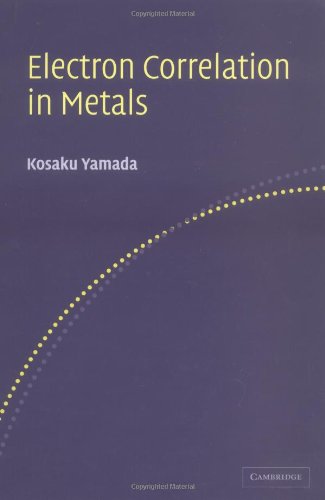
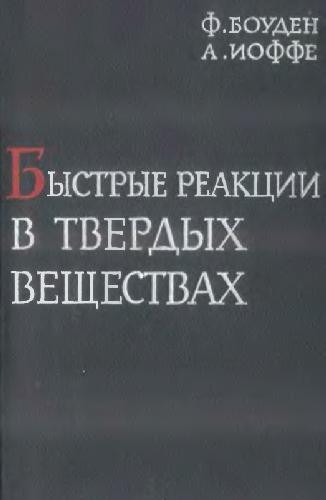


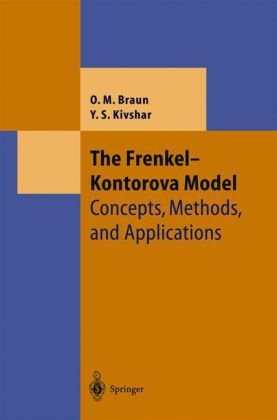
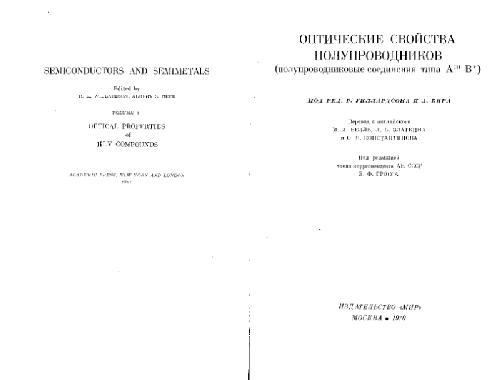
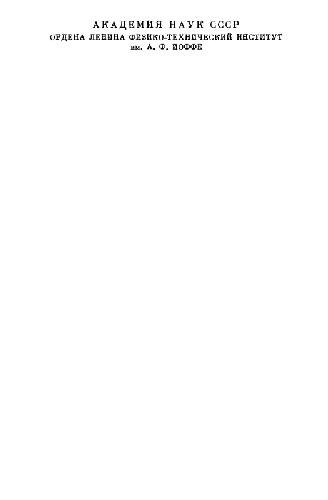
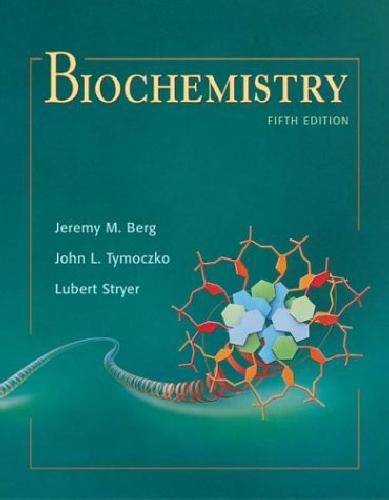
Reviews
There are no reviews yet.